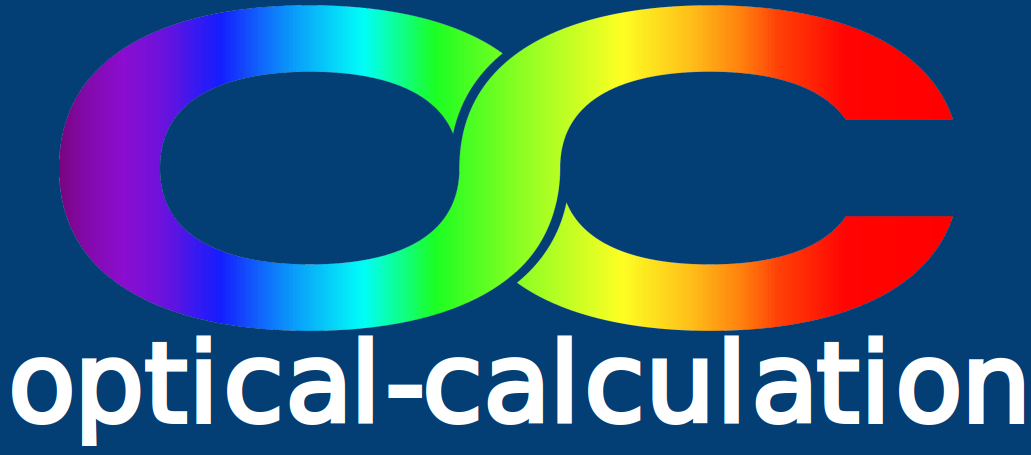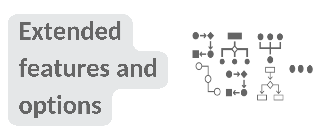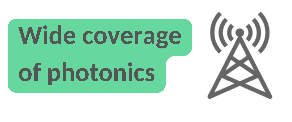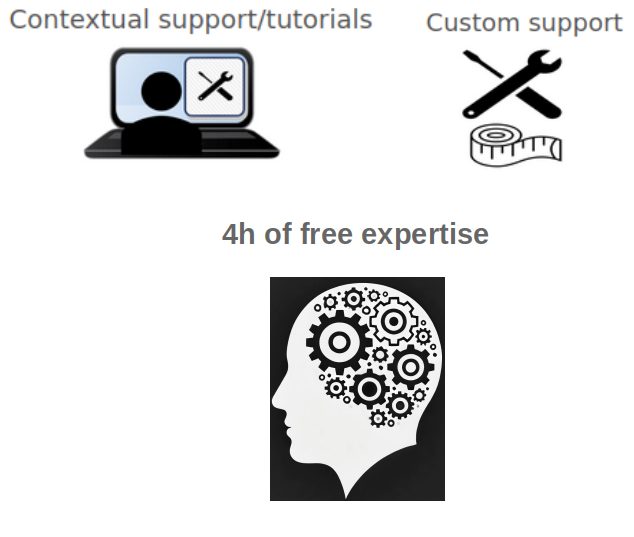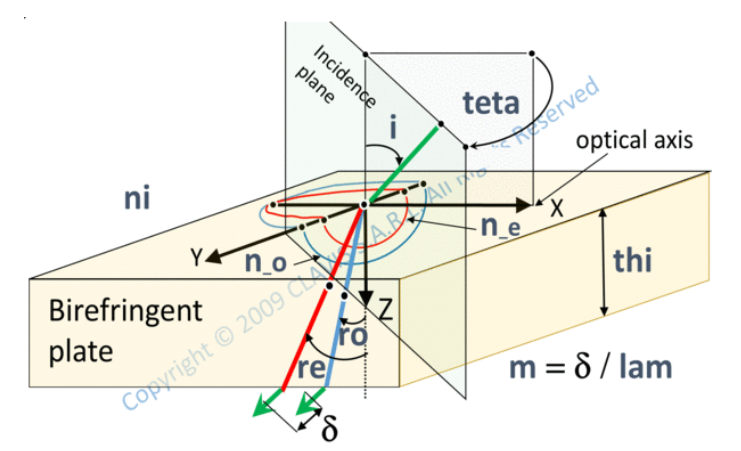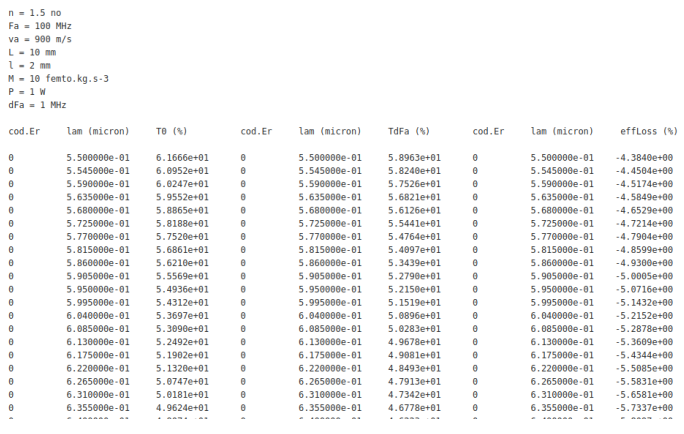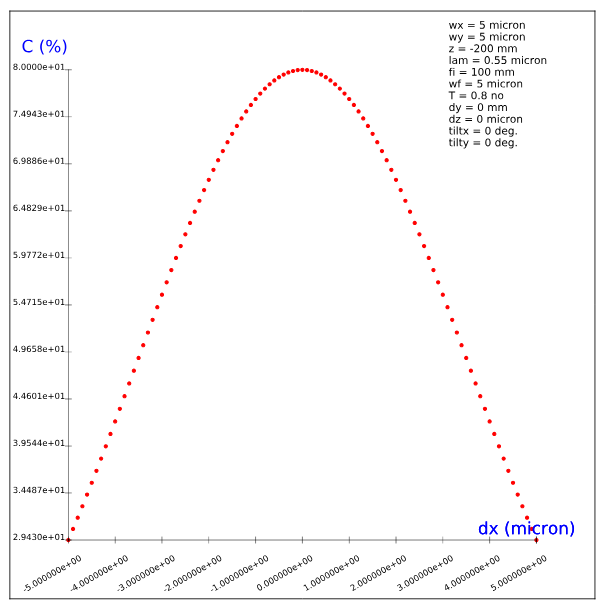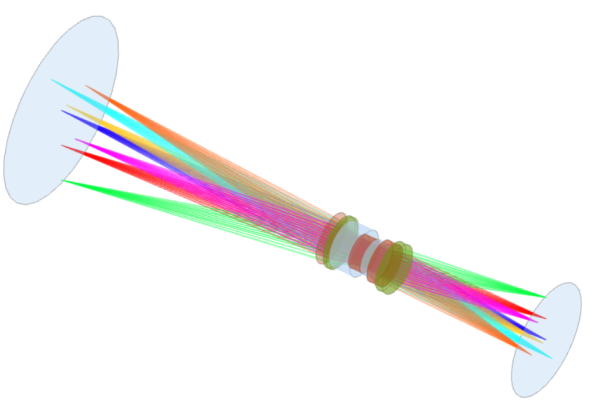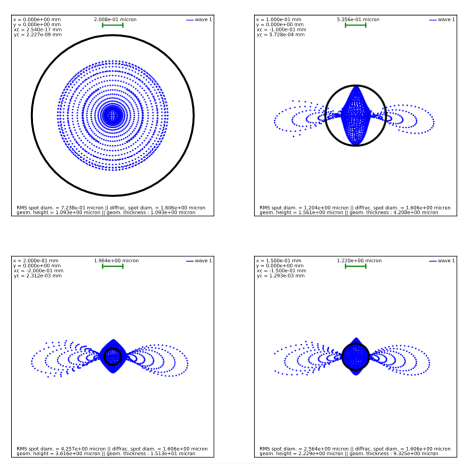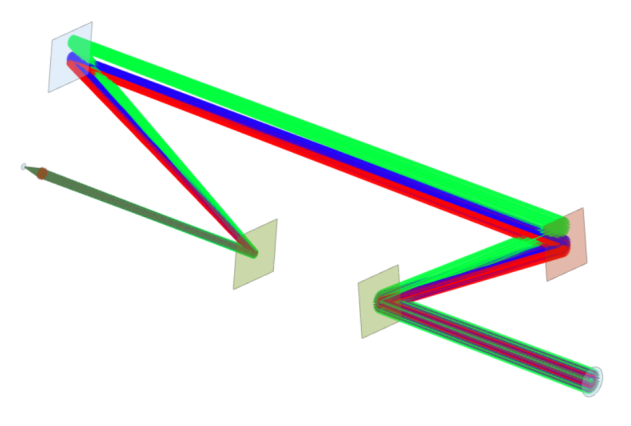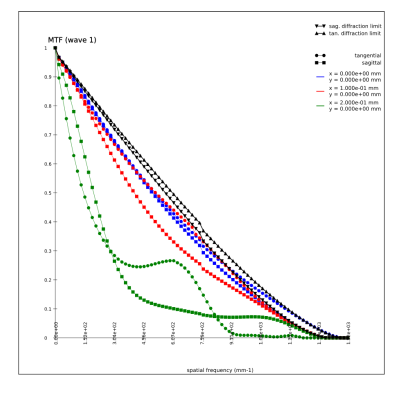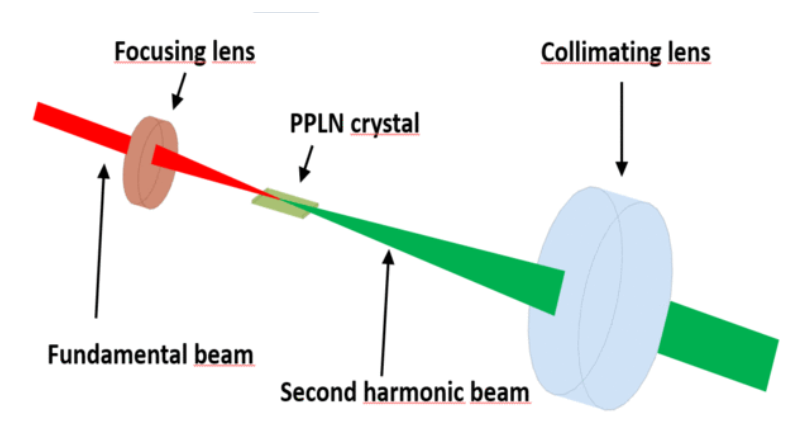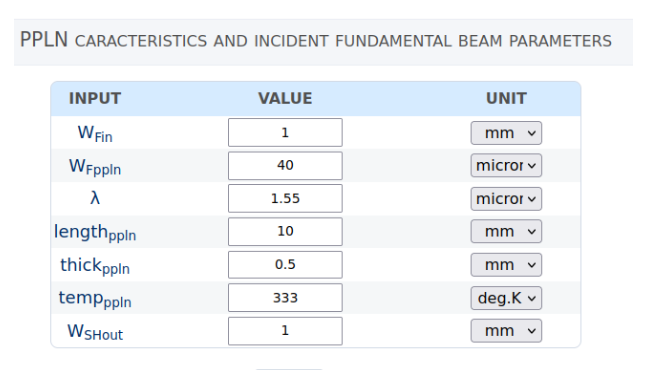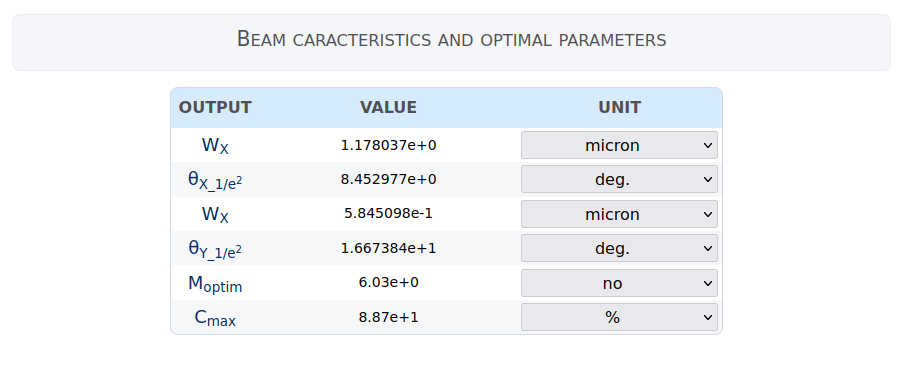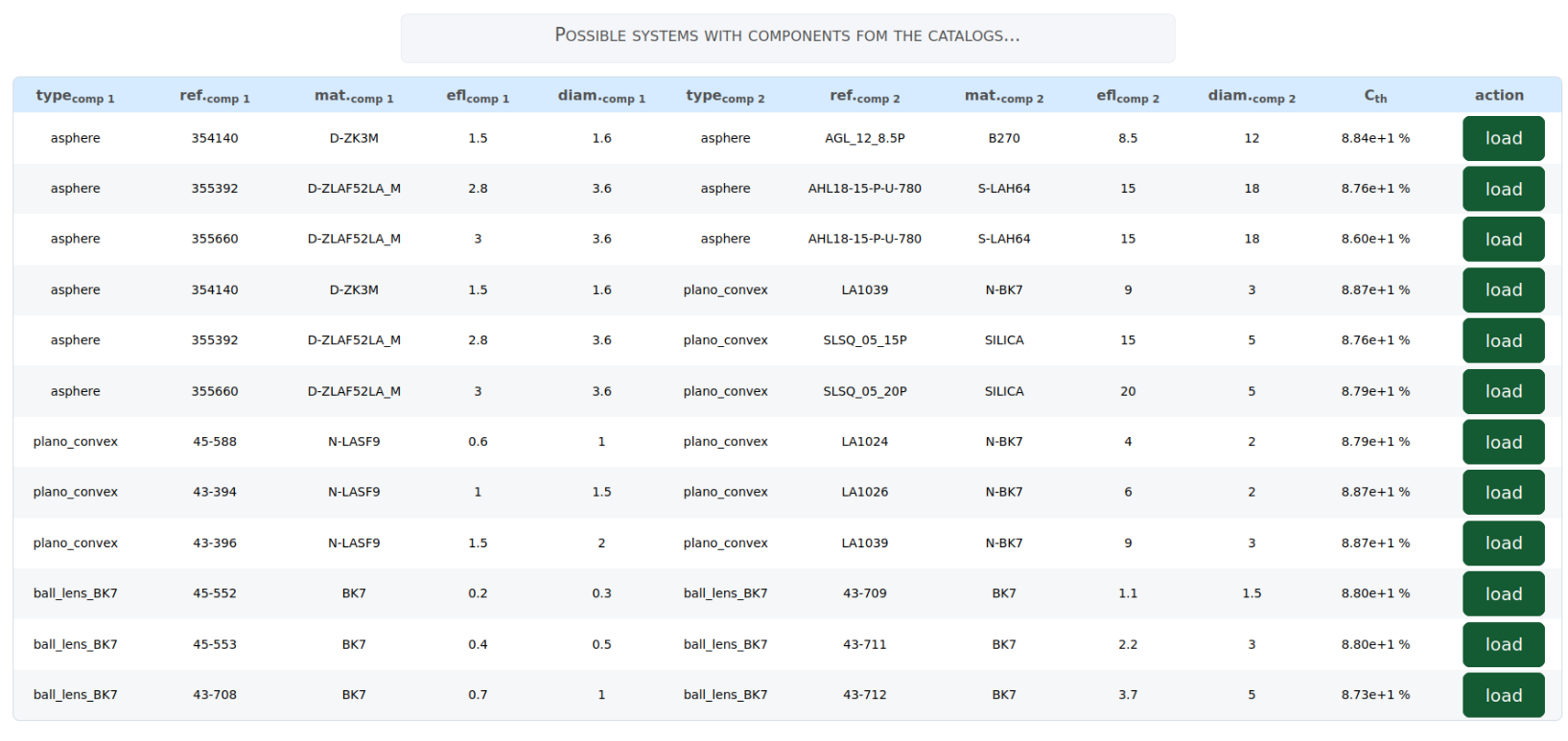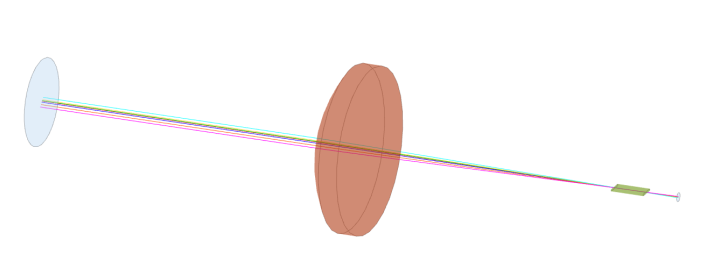Handy calculations performs calculations in all areas of photonics,
Optical software analyzes and optimizes optical systems,
Solvers resolves user cases in one click.
Optical-calculation is very useful for developing optical instrumentation and is aimed at both experts in the field and generalists.
In addition to the software support, 4 hours of free expertise in optical instrumentation are offered with the purchase of a 1 year license to help you carry out your projects.
Applications
- Feasibility study
- Conceptual design
- Design analysis
- Bench/prototype design
- Component sizing
- Reverse engineering
- Teaching/learning
Targetted users
- Researchers
- Engineers
- Technicians
- Consultants
- Teachers
- Students
